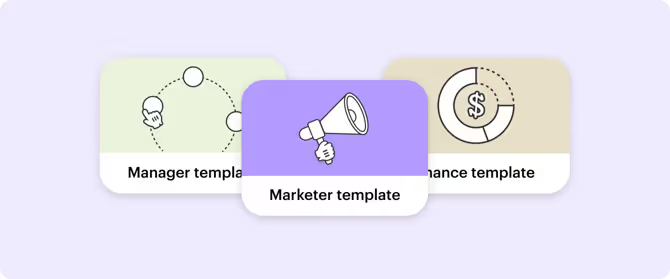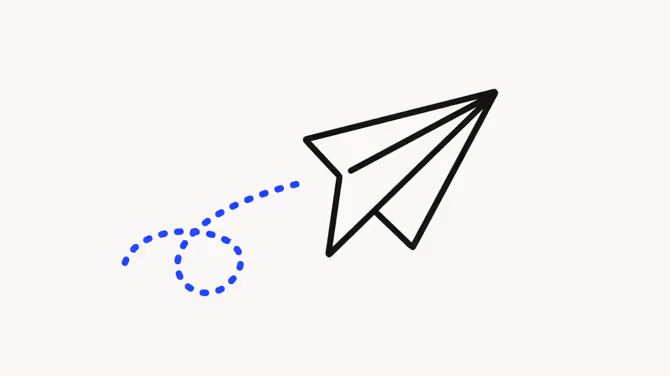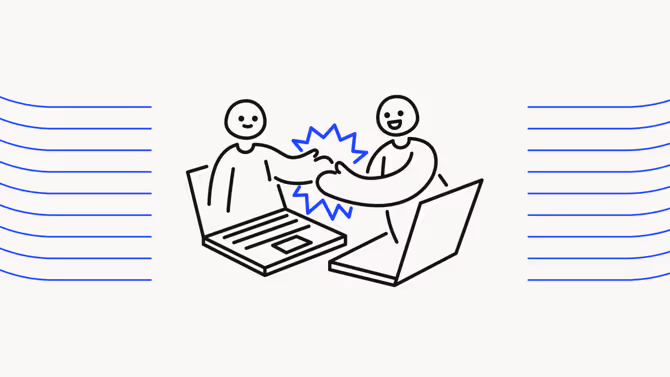6 onboarding templates to create new online courses in less than a day
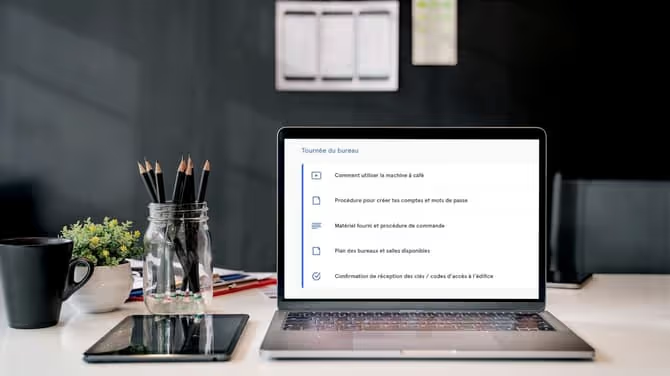
Empower your organization with the skills-based canvas.
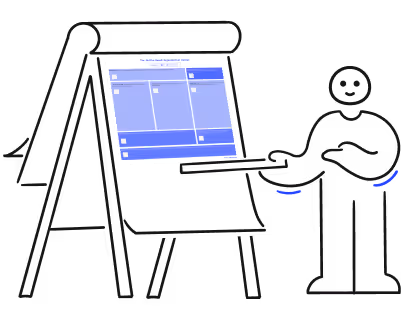
An onboarding program is the first opportunity for a company to make a natural feeling of belonging with its new employees.
When everyone is snapping up the best talents, we do not want to let our latest recruits leave!
Onboarding is a powerful staff retention tool that you have every reason to automate. But how do we build online courses to welcome and integrate new resources?
Here are 6 templates that you can use to create a new course in less than a day on your Didacte LMS platform. This means that you could complete the digitalization of your onboarding program in a week.
Oh yes, it can be that fast!
What is onboarding?
Onboarding is the entire process of including and training a new employee to join your team. It starts when you sign an employment agreement and ends when the employee is fully autonomous in their position.
Obviously, the earlier you are in the relationship, the more impactful the actions you take. This can be critical to your recruits' retention, but also to their long-term productivity and work atmosphere.
How can you create an online course in less than a day?
There are 3 tips you can use to make this possible:
- Get existing onboarding material (courses, documents, videos, etc.)
- Don't try to make it perfect (you can update the content later)
- Use the means at hand to create content
Well, "use the means at hand" is a way of saying that you don't need a big film crew to create a video, for example.
You could use your cell phone and place it on a stable surface to film your content. Another option would be to take screengrabs with a tool like BerryCast, in which you can see both your face and your screen.
There is an array of content creation tools!
Now, discover our 6 onboarding templates to create new online courses in less than a day.
1. Template for welcoming your new employees

Welcoming new employees template
Who said onboarding had to start on day 1?
It’s better to invite your new talents to your LMS platform before their first day of work. Not only is it an opportunity for you to share the orientation plan with them, but it's also a great way to reduce their stress level.
Start with a more personalized and dynamic course, introducing the company’s management and the HR team. It can be via a video or even a text with a photo.
To help newcomers mentally prepare for their job, create a list to eliminate doubts. It may include:
- The equipment to bring on the first day
- The suggested dress code
- The name of the restaurant where you go for their first lunch
- Etc.
Take this opportunity to let your organizational culture shine and set the tone for the future. The idea is to reassure your recruits and confirm that they have made the right choice!
And go further! Revamp your program with our in-app free onboarding template. Get started for free and make your onboarding program stand out from the rest!
2. Template for digitizing your employee’s manual
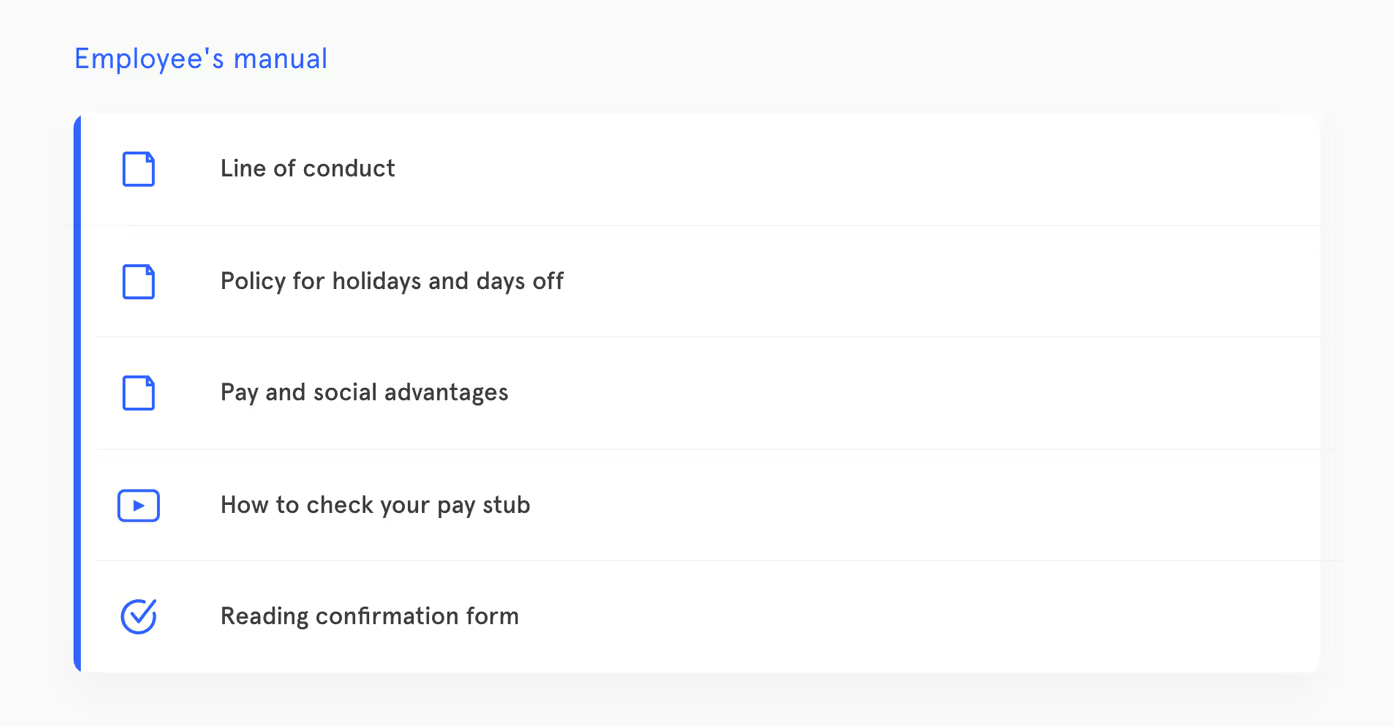
Employee's manual template
The employee’s manual is your best tool to offer maximum transparency to your new talents. That is why they should have easy access to it via the web.
If you already have the necessary documentation in PDF, all you have to do is insert it into your Didacte LMS platform. It can’t get easier!
Our advice: divide the documents by category to facilitate reading and follow-up, but above all, make it easy for your employees to find the information.
You can even create tutorials related to payroll or vacation management if you feel like it. It allows your staff to be more autonomous, adding a dynamic element to your course.
Do you need a read receipt for your records?
Add a test lesson and request a file upload. Your remote employees can easily send their signed documents to your HR team!
3. Model for ensuring health and safety at work
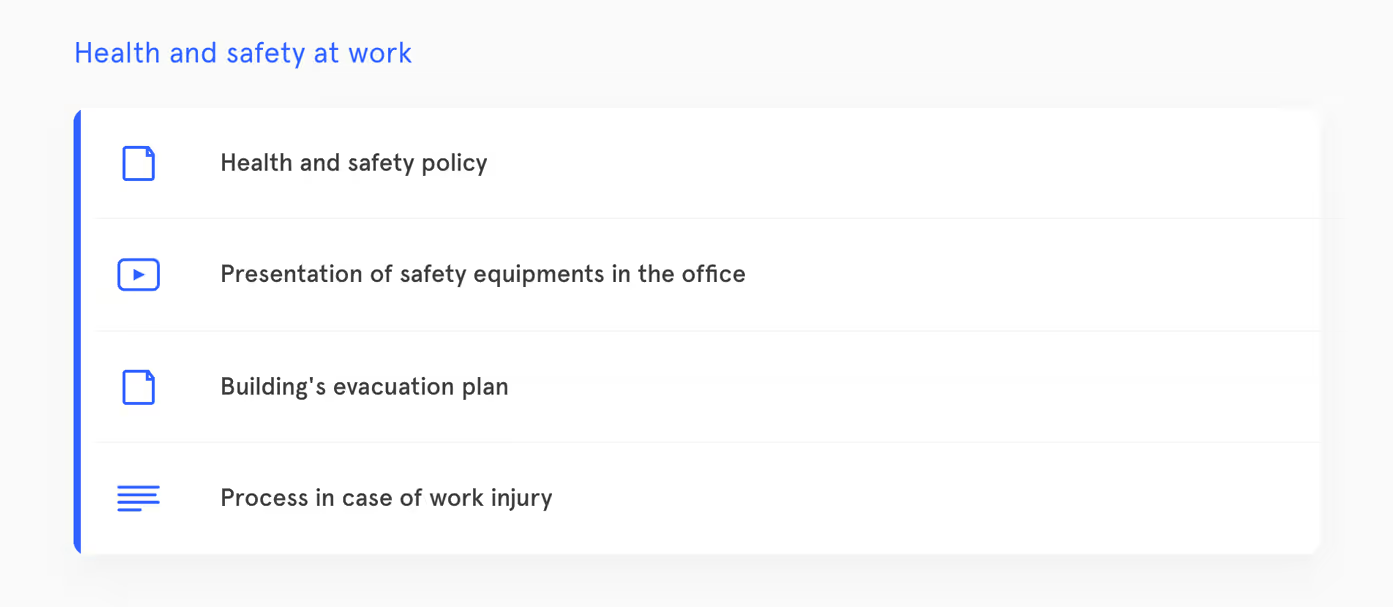
Health and safety at work template
Every company must put in place health and safety measures for its staff. However, communication of these procedures can often be overlooked, especially in more administrative areas.
The good news is you should already have some health and safety courses that you can digitize in less than a day!
Take the existing documents, and add them to your platform. If you have videos of using the fire extinguisher or defibrillator, it will be even more relevant to have them all in one place.
Take the opportunity to include the evacuation plan and the procedure in the event of a work accident.
The better it is documented, the easier it is to remember!
4. Model for integrating your employees into their workspace
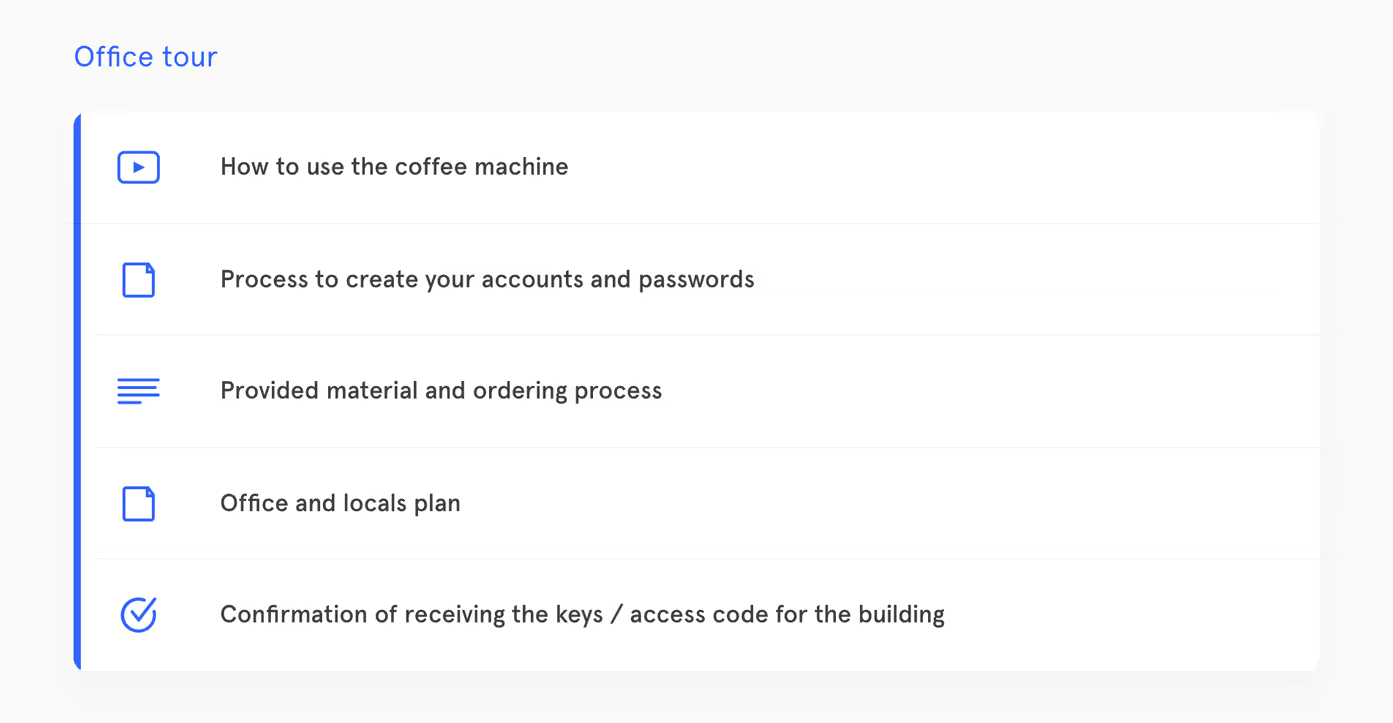
Office tour template
The famous office tour seems so simple, but it is a crucial element of welcoming and integrating our talents!
In a remote team context, we don’t always have the opportunity to create this enthusiasm around the office atmosphere and the advantages of working on site.
On the other hand, remote employees should feel at home when they visit the office.
So prepare a virtual tour, where you and your colleagues present the workspace, the coffee machine, the available rooms, etc. It can be very organic and natural; the goal is to welcome your recruits warmly.
You can add to the course a plan of the office and even some procedures for creating passwords and ordering equipment.
It will be the perfect guide for a hassle-free first day on the job!
5. Model for presenting the business culture
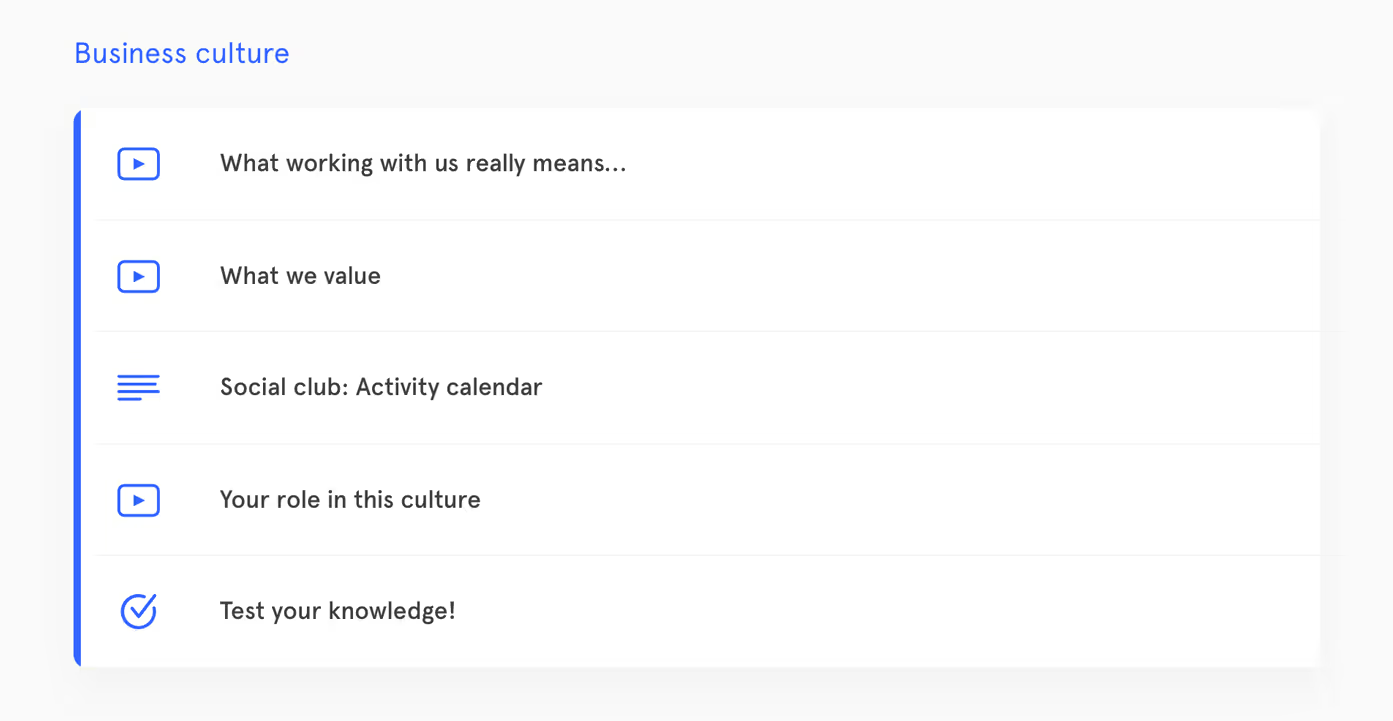
Business culture template
You hire resources for their skills, but also their fit with the rest of the team. You should quickly introduce them to your business culture to keep this vibe alive.
In all of the models featured so far, this is the one where video should be your first choice pretty much down the line.
Why? Because the best way to share culture is through human contact. Video is the type of content that lets you make that connection, even from a distance!
Inviting different employees to participate will make your course more dynamic, and it will be a tool that you can use in your recruitment and HR marketing initiatives.
To ensure the message got there, don't hesitate to insert a test at the end! You will be able to check whether your new talents have understood what sets you apart and unites you as a team.
6. Model for communicating effectively
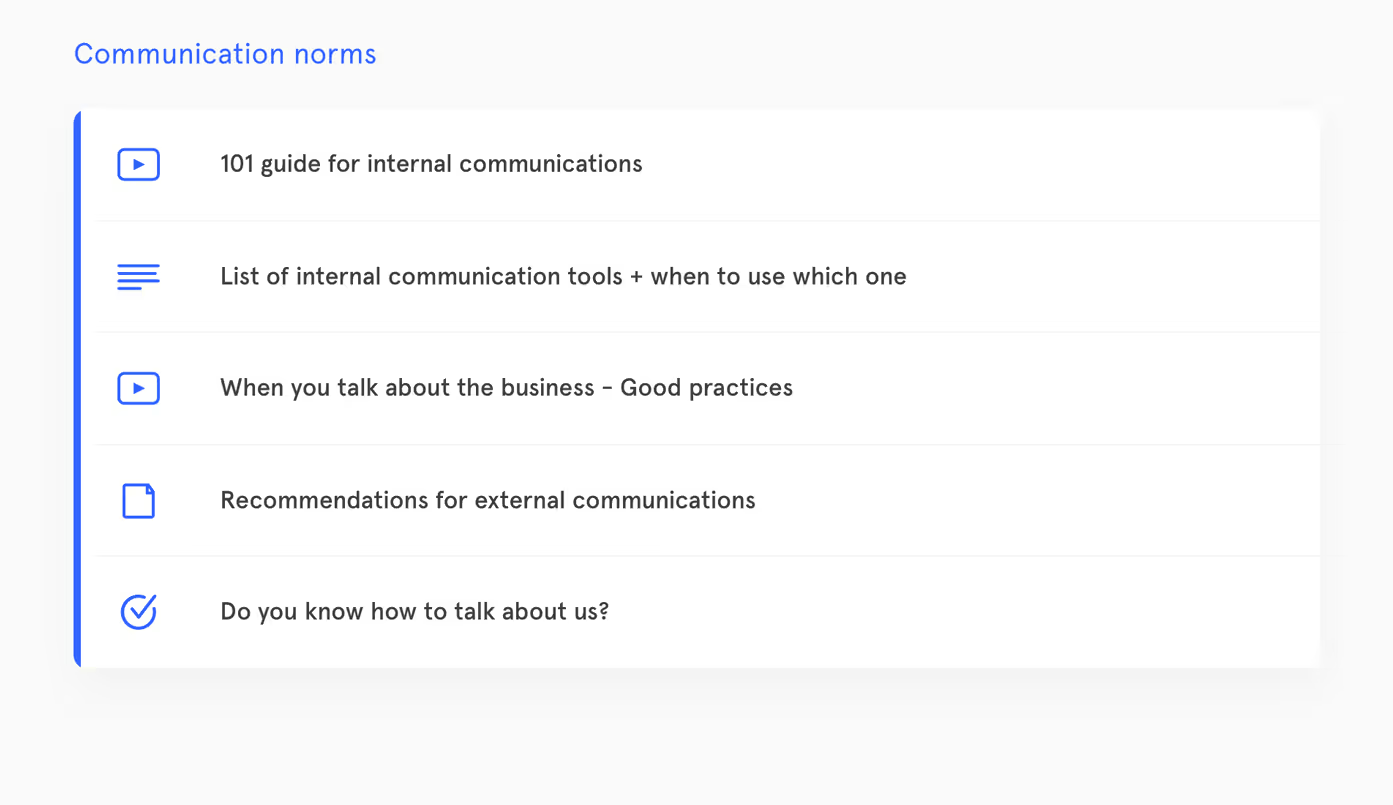
Communication norms template
Communication is the basis of any healthy relationship!
Whether your employees are working on-site or remotely, it is essential to present the standards to communicate within the team. You should discuss the means of communication (emails, instant messaging, video calls) as much as good practices.
- Who is responsible for what?
- Who should we refer to for this type of question?
- What should be an email vs a call?
- How often are the team meetings?
Also, take advantage of this course to explain how to talk about the company. Whether telling their day or presenting the products, your staff should know how to represent the organization properly.
Once again, test their knowledge to solidify what has been learned and confirm that everything has been understood.
Your time to shine
Now that you have read these 6 onboarding templates to create new online courses, which one will you try first?
To maximize the impact, it is in your best interests to create these 6 courses and make them a complete learning path! This way, you will be able to enroll your new employees in the learning path, and they will only have to follow the contents that are included.
Automating your team’s onboarding doesn't have to be complicated. As long as you place people at the center of your course, you will have created an incredible tool to facilitate the welcoming of your next recruits!
Discover, manage, and grow your team’s skills to unleash their potential and retain your rising stars.


%20(1).avif)


.avif)
.avif)





